Peace lilies (Spathiphyllum) are beloved houseplants known for their glossy green leaves, elegant white blooms, and air-purifying qualities. These low-maintenance plants thrive in a variety of indoor environments, but like all plants, they benefit from proper care and attention.
One of the most effective ways to nurture your peace lily is by using rainwater for watering. In this article, we will explore the benefits of using rainwater for your peace lily and how it can promote healthier growth and more vibrant blooms.
Why Rainwater Is Better for Your Peace Lily

1. Rainwater Is Free of Chemicals
One of the most significant advantages of using rainwater for your peace lily is that it is free of chemicals commonly found in tap water. Tap water often contains chlorine, fluoride, and other additives that can build up in the soil over time and potentially harm your plant. Peace lilies are sensitive to these chemicals, which can cause leaf burn, browning tips, and other issues.
Rainwater, on the other hand, is naturally pure and free from these harmful additives. By using rainwater, you provide your peace lily with a more natural and gentle watering solution, reducing the risk of chemical buildup and keeping the plant’s soil healthier.
2. Rainwater Is Rich in Nutrients
Rainwater is naturally rich in nutrients and minerals that are beneficial for plant growth. As rainwater falls through the atmosphere, it picks up small amounts of nitrogen, sulfur, and other trace elements that can boost the health of your peace lily. These nutrients are absorbed more readily by the plant compared to those found in tap water, leading to more robust growth and more vibrant foliage.
Additionally, rainwater has a slightly acidic pH, which is closer to the natural preference of most houseplants, including peace lilies. This acidity helps to keep the soil pH balanced, ensuring that essential nutrients are available to the plant’s roots.
Also Read- How To Prune Your Peace Lily For Better Growth
3. Reduces the Risk of Soil Salt Buildup
Tap water, particularly in areas with hard water, often contains dissolved salts and minerals such as calcium and magnesium. Over time, these salts can accumulate in the soil, leading to a condition known as soil salinization. This buildup can cause root damage, inhibit nutrient uptake, and ultimately stress the plant.
Using rainwater, which is free from these dissolved salts, helps to prevent soil salinization. This results in a healthier root system and better overall plant health, allowing your peace lily to thrive without the risk of salt-induced stress.
4. Promotes Better Growth and Blooming
Peace lilies are known for their beautiful white blooms, but they can be sensitive to the quality of water they receive. The purer the water, the better the plant will perform. By using rainwater, you provide a cleaner, more natural source of hydration that promotes healthy growth and encourages more frequent and vibrant blooming.
Plants watered with rainwater often display more lush foliage, stronger stems, and more abundant flowers. If you want your peace lily to look its best and produce those iconic white blooms more frequently, rainwater is an excellent choice.
5. Eco-Friendly and Cost-Effective
Using rainwater is not only beneficial for your peace lily but also for the environment. Collecting and using rainwater reduces your reliance on treated tap water, conserving this valuable resource. It’s an eco-friendly practice that aligns with sustainable gardening and helps lower your environmental footprint.
Moreover, rainwater is free! By using rainwater, you save money on your water bill, especially if you have multiple plants or a large garden. This cost-effective approach to watering your plants allows you to invest in other areas of plant care, such as high-quality soil or fertilizers.
Also Read- Why Every Home Should Have Peace lily
How to Collect and Use Rainwater for Your Peace Lily

1. Setting Up a Rainwater Collection System
Collecting rainwater is easy and can be done with a few simple tools. Here’s how to set up your own rainwater collection system:
- Rain Barrel: The most common way to collect rainwater is by using a rain barrel. Place a rain barrel under a downspout from your roof to collect runoff during rainfall. Make sure the barrel has a secure lid to prevent debris from entering the water.
- Buckets or Containers: If you don’t have space for a rain barrel, you can use buckets, large containers, or even clean plastic bins to collect rainwater. Place them in an open area during a rainstorm to catch the water directly.
- Filter the Water: Although rainwater is generally clean, it’s a good idea to filter it before use, especially if you’re collecting it from a roof. A simple mesh filter can help remove any debris or dirt.
2. Storing Rainwater
Once collected, it’s important to store rainwater properly to keep it fresh and free from contaminants. Here are a few tips:
- Use a Covered Container: Store the collected rainwater in a covered container to prevent algae growth and keep insects out.
- Keep It Cool: Store the water in a cool, shaded area to prevent it from becoming too warm, which can promote bacterial growth.
- Use It Regularly: Rainwater doesn’t need to be stored for long periods. Use the collected water within a few weeks to ensure it remains fresh and beneficial for your plants.
3. Watering Your Peace Lily
Watering your peace lily with rainwater is straightforward. Simply pour the rainwater into the soil at the base of the plant until it is evenly moist. Avoid overwatering, as peace lilies prefer slightly dry soil between waterings. You can also use rainwater to mist the leaves, which helps increase humidity and keeps the foliage clean and shiny.
Conclusion
Using rainwater for your peace lily offers numerous benefits, from avoiding harmful chemicals and promoting healthier growth to being an eco-friendly and cost-effective choice. By collecting and using rainwater, you provide your peace lily with a more natural and nutrient-rich source of hydration, leading to a more vibrant and thriving plant. Whether you’re a seasoned gardener or just starting out, making the switch to rainwater can significantly improve the health and appearance of your peace lily, allowing it to flourish in your home for years to come.






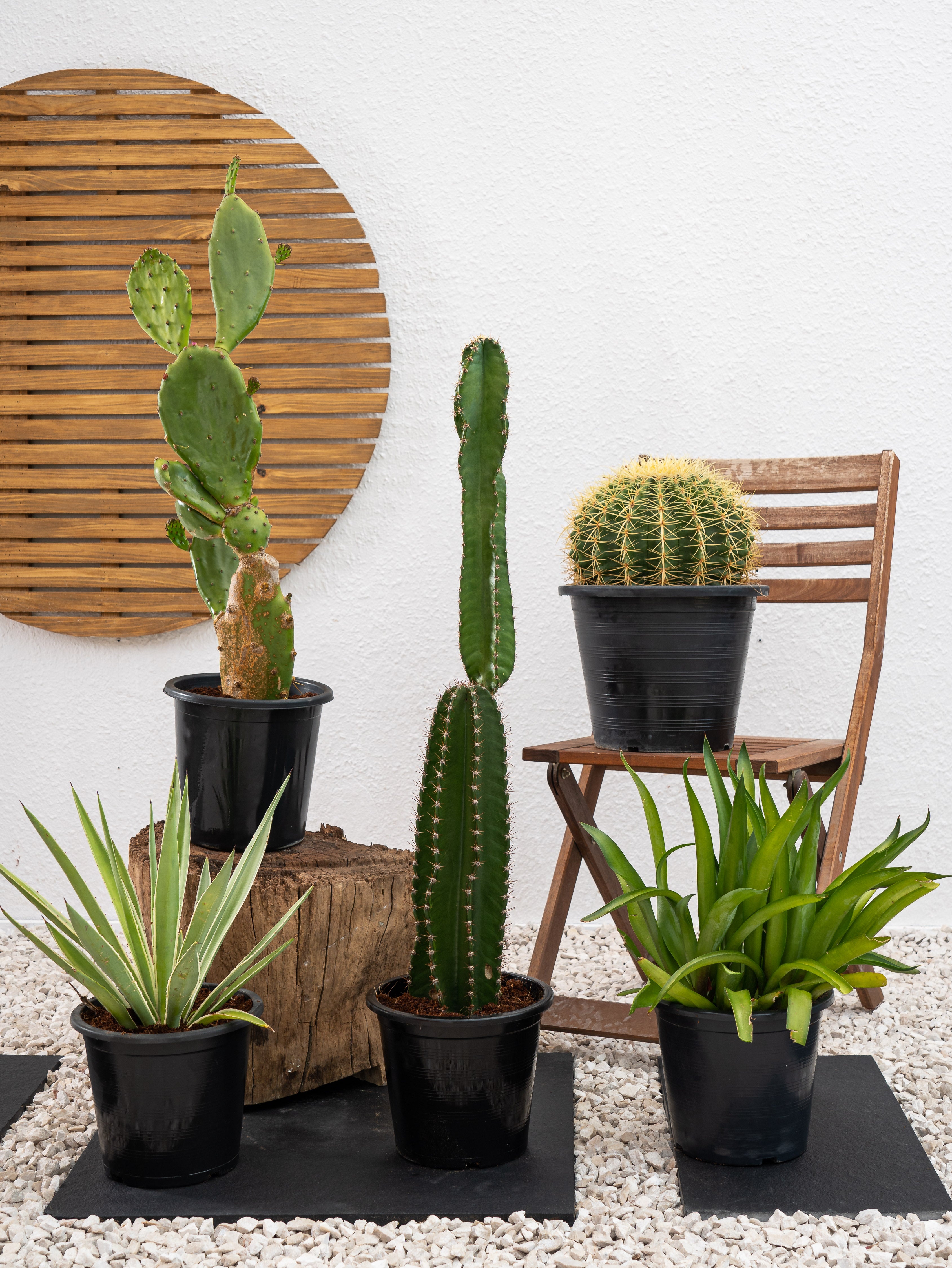
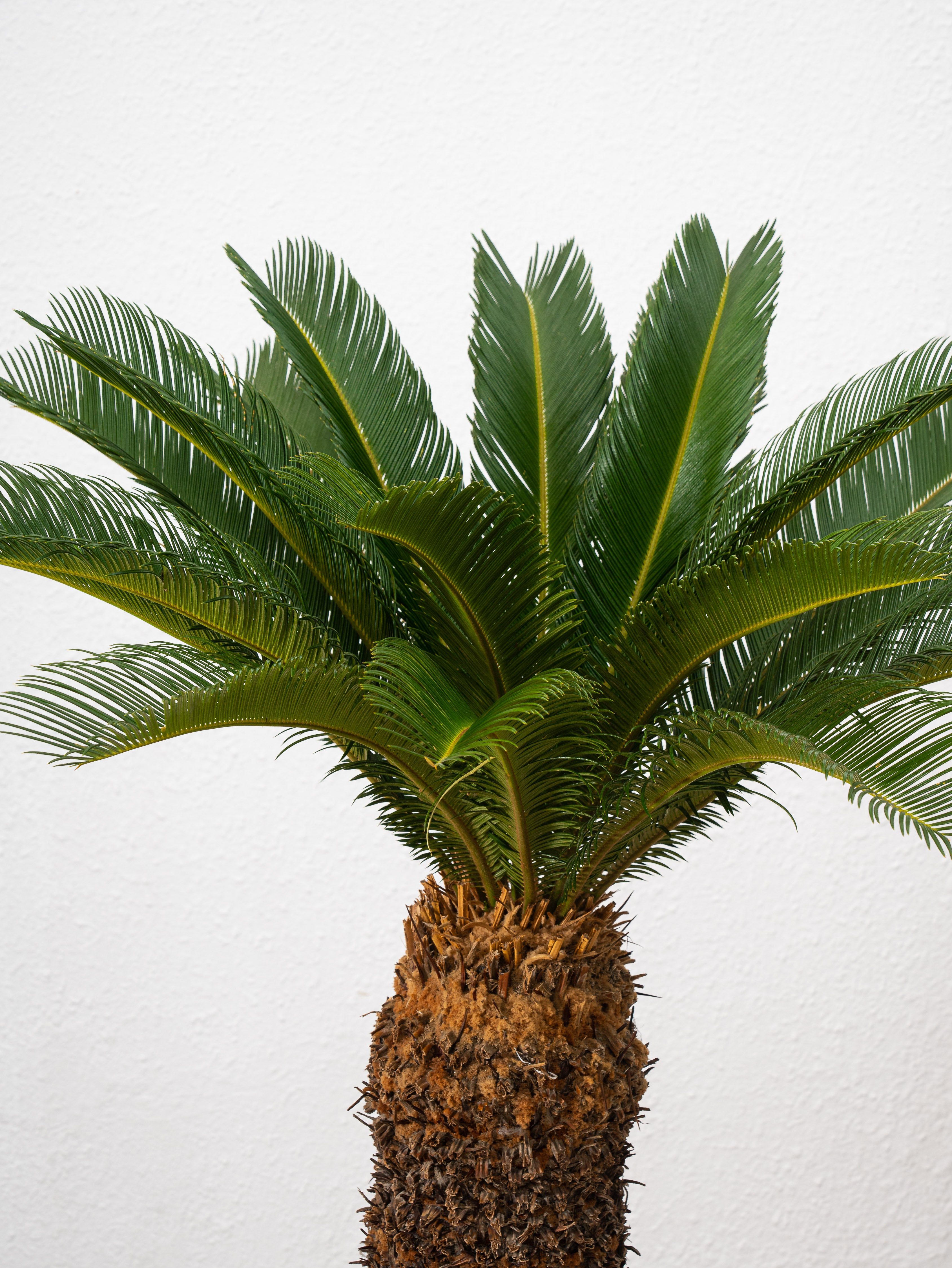
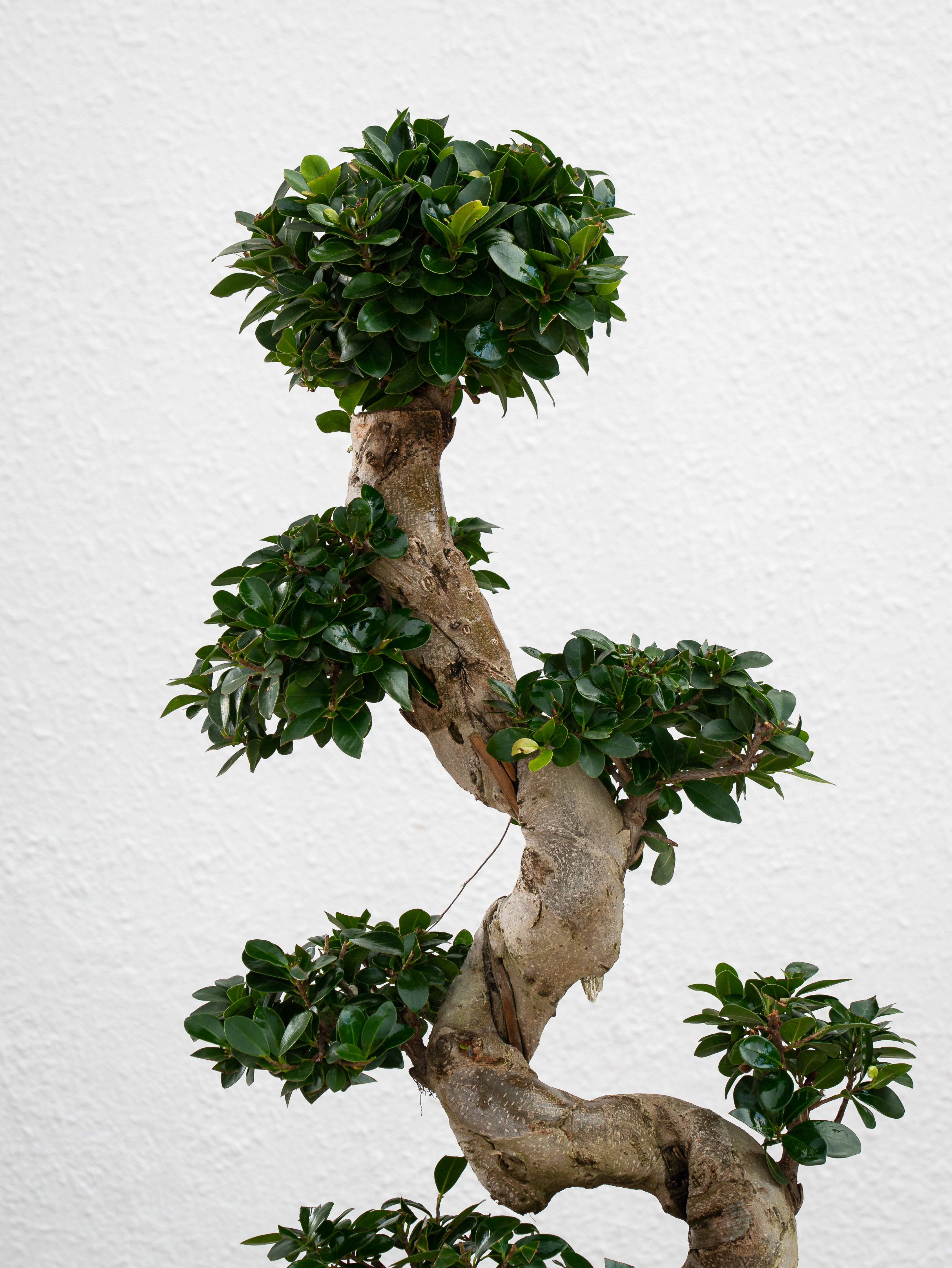
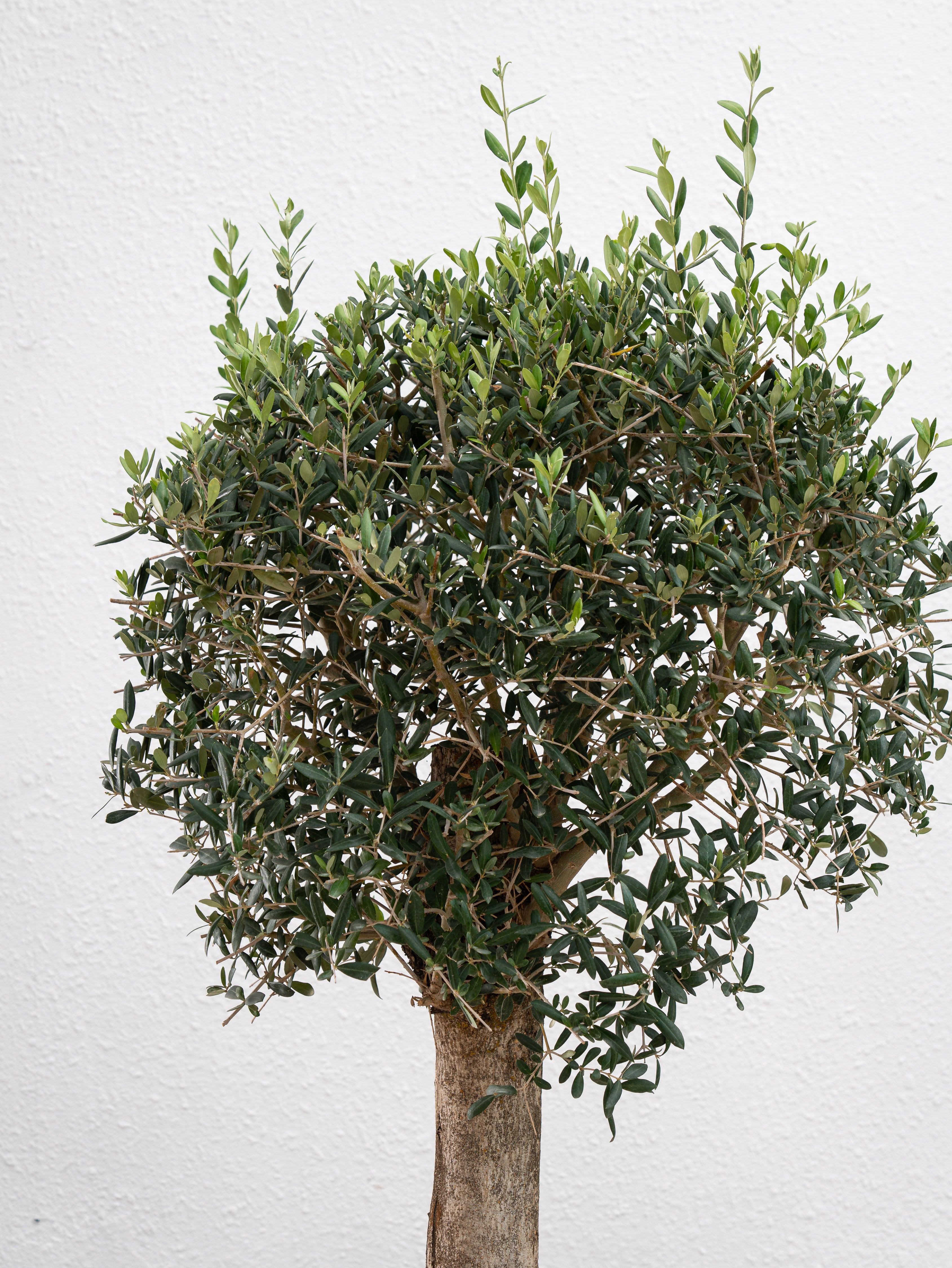

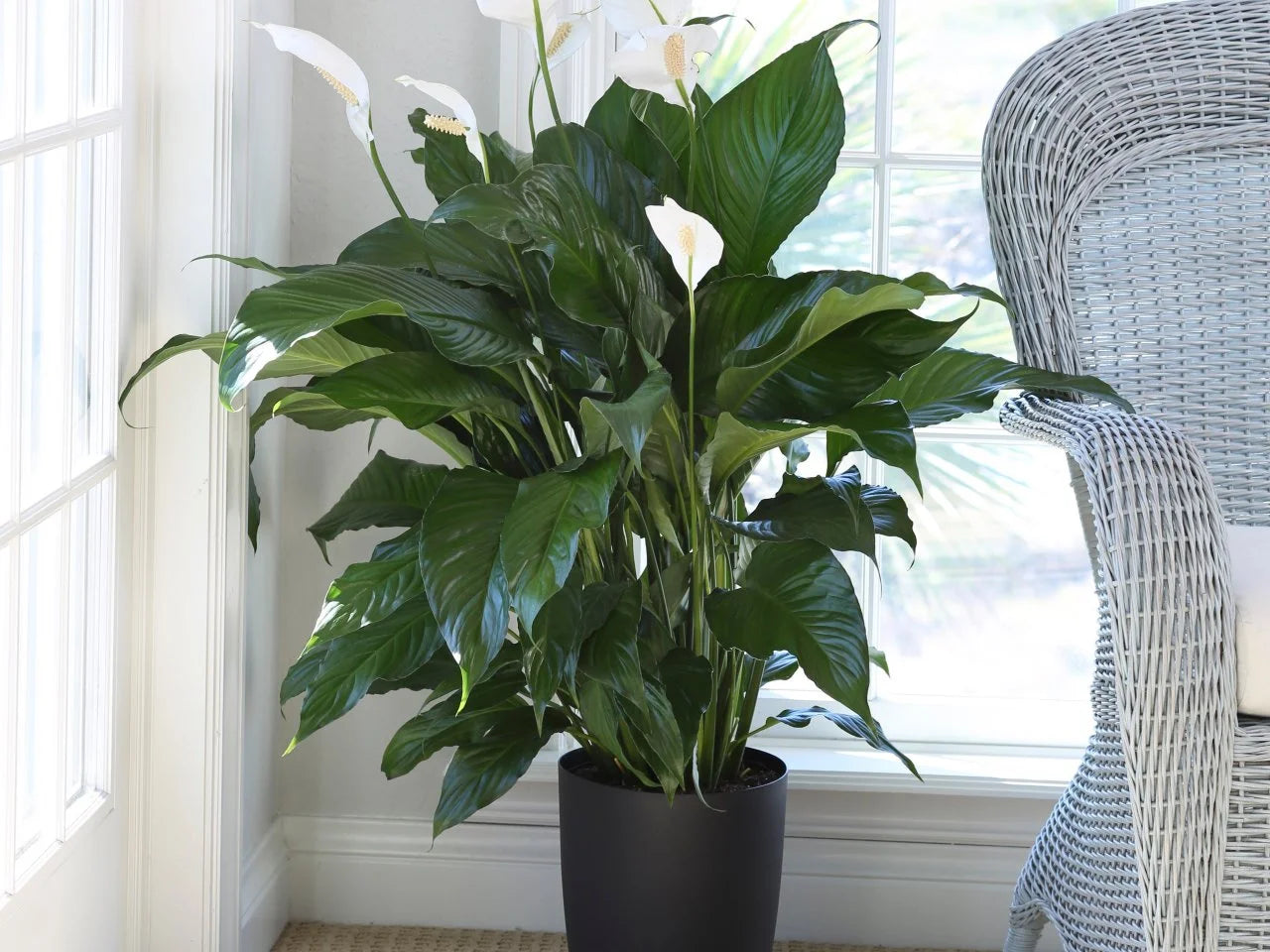

Leave a comment
This site is protected by hCaptcha and the hCaptcha Privacy Policy and Terms of Service apply.